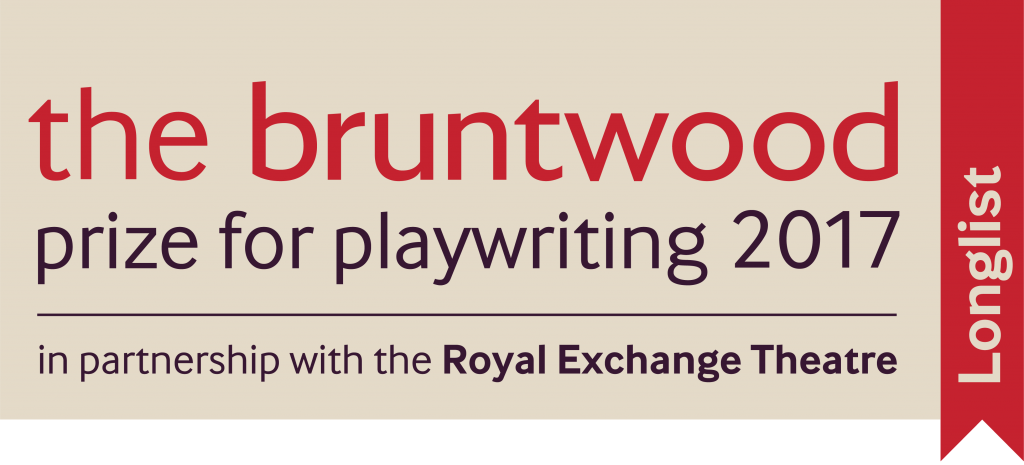What’s the story?
At a screenwriting seminar in September, Olivia Hetreed emphasised the paramount importance of a well-structured story. With reference to her own recent adaptation of Wuthering Heights, she showed how a script’s effectiveness will hang on a series of key decisions over when and how to tell the pivotal events of your story.
So first you have to find out what your story is, which is not always as simple as it sounds. You have to break down the journey from the opening event (e.g. the arrival of the child Heathcliff on the moor, rescued from the streets of Liverpool) to the conclusion, and even an open-ended story will still have a designated conclusion.
This helps you to order your material and narrow down the exact story you want to tell. That’s not to say that other events from your story-world won’t add colour and depth to your script, only that they will not provide the spine of your story.
For instance, my new play Closed concerns the arrest and subsequent legal processing of a terrorist suspect, but I made a decision early on that his story would not be my story. Rather I would follow the fortunes of a government whistleblower and a political activist who combine to leak sensitive information about the arrested man.
The suspect himself is not seen, and there are many dramatic events in his life – his violent arrest, his incarceration, his trial – which don’t form a part of the story I have chosen to tell. There are clearly many other stories which could be told from my chosen material, my story-world: I have opted for one of them.
And once you know what your story is, you can decide how to tell it. You decide which parts we will see, through whose eyes, in what order, and in what manner. You needn’t start with the start, the opening event of your story. Good stories rarely do. It may be more intriguing to dive into a subsequent event and show the opening event later, or not at all. The opening event could be merely referred to by others, a subject of conjecture.
In Closed the opening event is the government minister’s suggestion to his special adviser that it would be politically judicious and morally justified to leak ‘closed evidence’ relating to the terrorist suspect. This sets in train the whole sequence of events that culminates in the eruption of a national scandal, but I felt it would suit the play’s style for this part of the story to stay hidden from view.
That way it becomes a questionable or even deniable event, and the audience is deprived of certainty. The telling of a story is a constant balancing act between revealing and withholding, creating intrigue while avoiding confusion. If the audience sees too little they may lose interest, if they see too much they may not care to know more.
Some styles of story-telling, such as the thriller, are more reliant on this tightrope act than others. But gaining a good understanding of the structure of your story will help any story-teller to walk the high wire.
